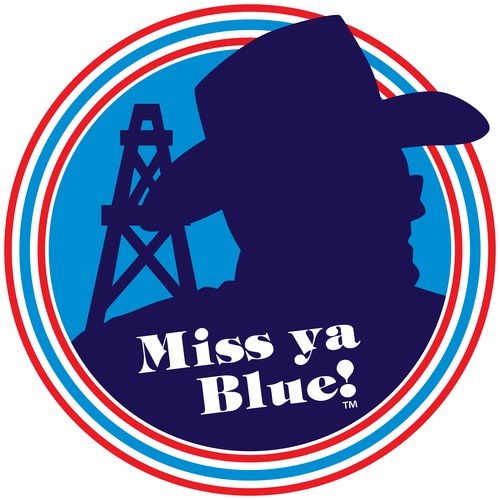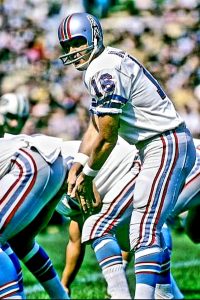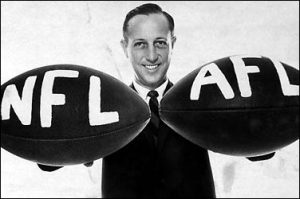The 1963 Season, Part 1
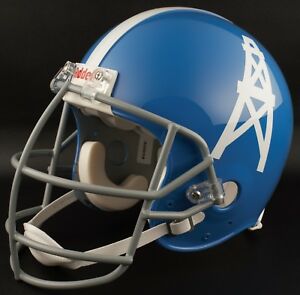
“The Beginning of the End of the Run”
By ED WETTERMAN
Despite their appearances in all three AFL championship games (with two wins), by 1963, everything was changing for the Houston Oilers franchise and the AFL as a whole.
The Oilers’ championship appearances ended in 1962 with their overtime loss to Dallas Texans in the title tilt, and for the remaining 34 years of the franchise’s existence in Houston, it never again would have the chance to play for a league crown.
Across the league in 1963, the Texans left Dallas and became the Kansas City Chiefs.
Al Davis, who would later become the owner of the Oakland Raiders, was hired as their general manager and head coach, and he would take them from the worst AFL team to 10-4 in his first year.
The Titans of New York nearly folded in March but were quickly rescued by a five-man syndicate, headed by Sonny Werblin, who purchased the team for $1 million.
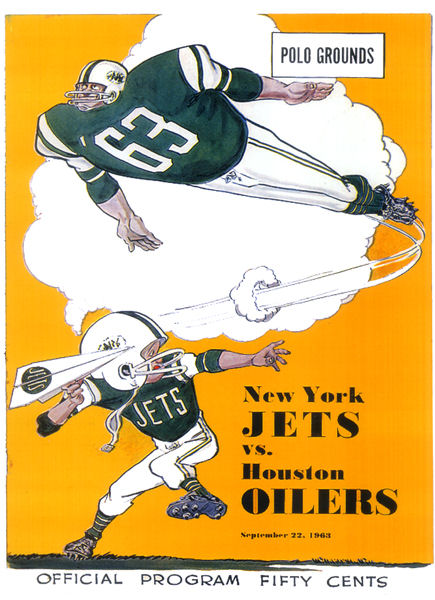
Werblin and company saved the team from certain bankruptcy, then quickly rebranded it as the New York Jets, since the team would play in Shea Stadium near LaGuardia Airport.
The new name was intended to reflect the modern approach of the team, and Werbin’s group worked to instill new character and brought a sense of showmanship into the franchise.
The Jets would become the first AFL team to win a Super Bowl just six seasons later.
Meanwhile, the Oilers best days were rapidly disappearing behind them.
The stalwart team from 1960 was aging quickly, and subsequent drafts hadn’t brought the talent needed to keep the team competitive.
The Houston offseason involved great depths of investigation of George Blanda for possibly shaving points or throwing games, but they uncovered no evidence of such things.
Those who knew Blanda vigorously maintained that he loved the game and competition too much to do such a thing.
Oilers owner Bud Adams added general manager title to Houston’s head coach Pop Ivy, signing him to a two-year contract.
In the 1963 draft, the Oilers made 11 picks in the first nine rounds and 29 picks overall, though only two of the picks would wear Columbia Blue to the field in September.

In the first round of the draft, the Oilers chose University of Arkansas linebacker Danny Brabham, and for the fourth straight year, Adams managed to sign his first-round draft pick.
Unfortunately, Brabham did not possess first-round talent, though he would play 56 games for Houston from 1963-67 before finishing his career as a Cincinnati Bengal in 1968, gathering one interception in his career.
Other options Adams could have chosen with his first-round pick included Lee Roy Jordan, John Mackey, Dave Robinson, and Bobby Bell, among others.
Unfortunately, the Oilers had not invested in a real front office, and after the initial amazing assembly of a great team in 1960, the cracks in the lineup were truly beginning to show.
The full 1963 Houston draft class included:
1. Danny Brabham, LB, Arkansas: played 1963-67 for Oilers, 1968 for Bengals
2. Don Estes, G, LSU: played in 1966 for Chargers
3. Jerry Cook, HB, Texas: never played
4. Lee Roy Caffey, LB, Texas A&M: great player, but signed with NFL’s Eagles
4. Jerry Hopkins, LB, Texas A&M: cut by Ivy, played six seasons for Denver, Miami, & Oakland
5. Homer Jones, WR, TSU: signed by the NFL’s Giants, played 1964-70, became a Pro Bowler
5. Don Chuy, G, Clemson: signed by the NFL’s Rams, played 63-69
6. Lionel Aldridge, DE, Utah State: signed by NFL’s Packers, played 10 years
7. Johnny Baker, LB, Mississippi State: played 1963-66 for Oilers, 1967 for Chargers
8. Jimmy Burson, DB, Auburn: signed with NFL’s Cardinals, played 1963-68
9. Ed Burke, T, Notre Dame: played in the United Football League in 1963
11. Tom Brown, G, Pittsburgh: played semi-pro ball with ACFL
14. Don Trull, QB, Baylor: played 1964-69 for Oilers, 1967 for Patriots
15. Joe Don Looney, RB, Oklahoma: signed with NFL’s Colts, played five seasons
16. Rowland (Rex) Benson, T, Miami: A “future” selection, never played
17. Jerry Griffin, End, Louisiana Tech: never played
18. Paul Lea, RB, Oklahoma: signed with NFL’s Cardinals
19. Bob Hoover, RB, Florida: played semi-pro ball
20. Wayne Lee, C, Oklahoma: never played
21. Staley Faulkner, T Texas: played one game for 1964 Oilers
22. Sam Byers, FB, Texas A&M: never played
23. Gene Raesz, E, Rice: played in Canadian Football League
24. Bob Burton, T, Grambling: never played
25. Gary Kaltenbach, G, Pittsburgh: played semi-pro ball in ACFL
26. Dave Theisen, RB, Nebraska: signed with the NFL’s Rams, played in NFL & CFL
27. Al Hildebrand, T, Stanford: never played
28. Tim Stein, C, Miami, Ohio: a “future” selection, played with NFL’s 1963 Steelers
29. Oliver Ross, RB, West Texas A&M: a “future” selection, played semi-pro with ACFL
(note: “Never played” means the author could find no record of them)
Of all these picks, only five players signed with the Oilers, one of them only played one game, and only two remained with the team in late September.
With older players retiring, injured, or lacking what they once had, rookies were needed to infuse new talent into the team, but the front office failed to produce.

Defensive end Ed Culpepper retired, receiver Bill Groman was traded, and running backs Dave Smith and Charley Tolar reported for camp overweight and slow, which would have probably excited the Oilers’ other running back, Billy Cannon.
However, disgusted with Ivy’s offensive strategy, Cannon didn’t care.
He wanted out, but he would have to wait one more year to get his wish.
With the signing of record-setting college quarterback Don Trull from Baylor, backup signal-caller Jacky Lee asked to be traded.
To make things worse, Ivy made some terrible personnel decisions.
He cut future hall-of-fame cornerback Willie Brown, an undrafted free agent who went on to greatness as a Raider.
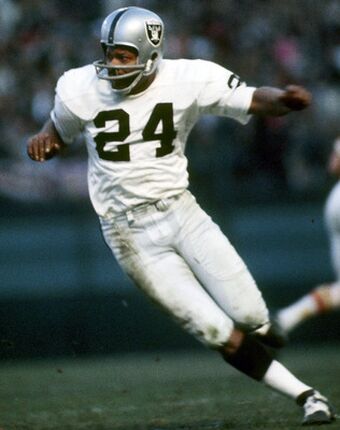
Brown played 16 seasons, snagged 54 Interceptions, and was named as a member of the All-Time AFL team.
Ivy also traded Ray Jacobs and Jerry Hopkins to the Broncos, both of whom went on to have good careers in Denver.
Noted for epically disastrous preseasons, the Oilers held training camp in Colorado during drought conditions.
With the lack of available fresh water, the field was irrigated with sewer water, leading to various infections and illnesses among the team.
In Oiler Blues, John Pirkle wrote that the team “played around a lot and did not practice hard. They took advantage of Pop.
“Once the season started, they were out of shape, and the coach did not have full control of the team.”
That condition would plague the Oilers throughout 1963 and drive them to their first losing season in franchise history.
UP NEXT – The 1963 Season, Part 2: Suffering Through a See-Saw Season
Ed Wetterman is a native Houstonian and lifelong Oiler fan/historian. He is a teacher, genealogist, game creator, and writer who lived and died on Sundays with the Oilers. Ed has created many games such as “East Texas University: Degrees of Horror” and written short stories such as “HellFighter,” published by Pinnacle Entertainment Group. Football has always been one of his greatest passions. He experienced the highs and the lows of being an Oiler fan, and like many others, he was crushed when the Oilers left Houston. Writing for Miss Ya Blue! gives him an outlet for his Columbia Blue love.
#houston #oilers #htown #houstontx #houstonoilers #nfl #astrodome #sports #star #history #football #luvyablue #missyablue #texas #houstonblogger #throwback
